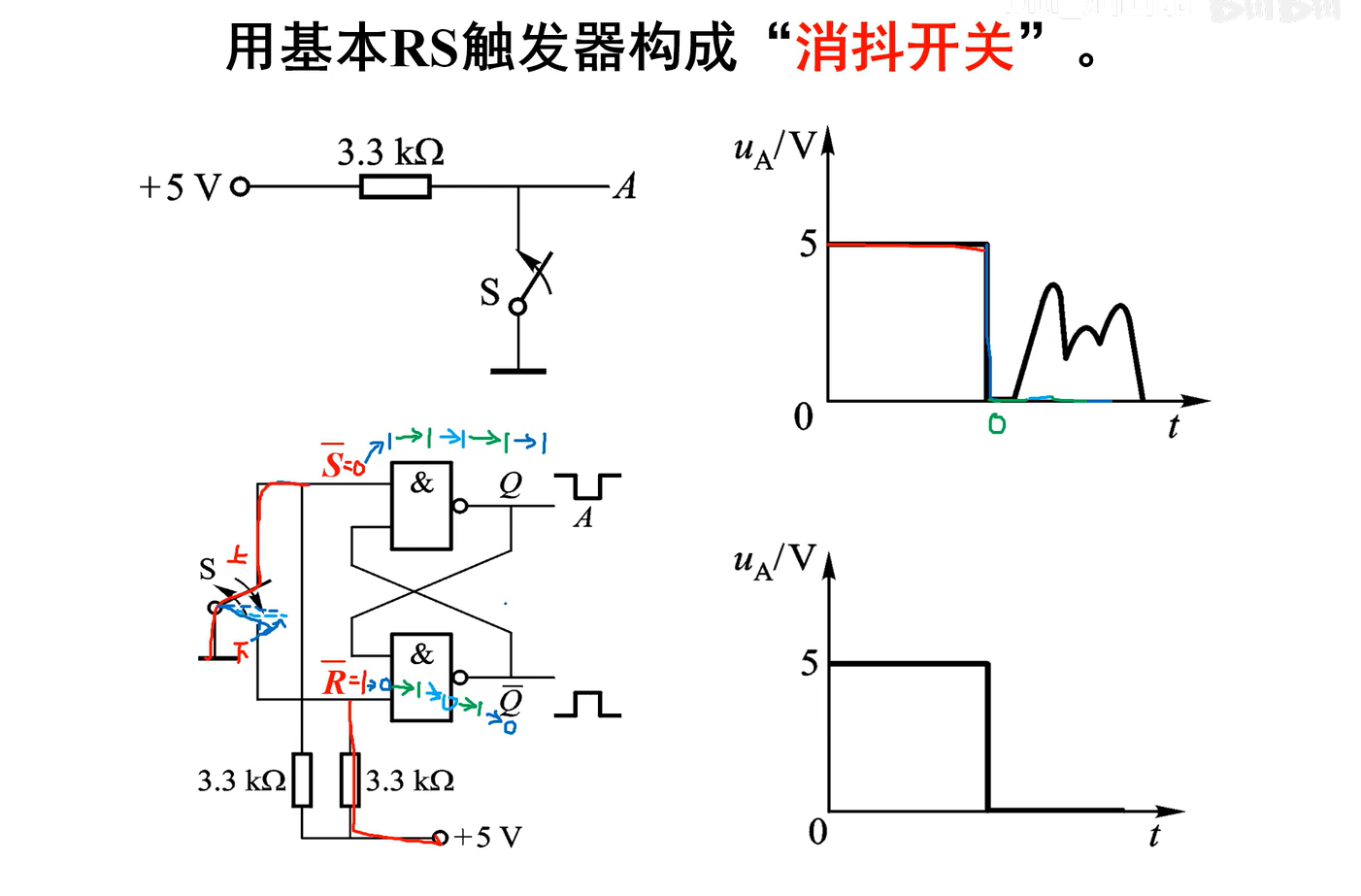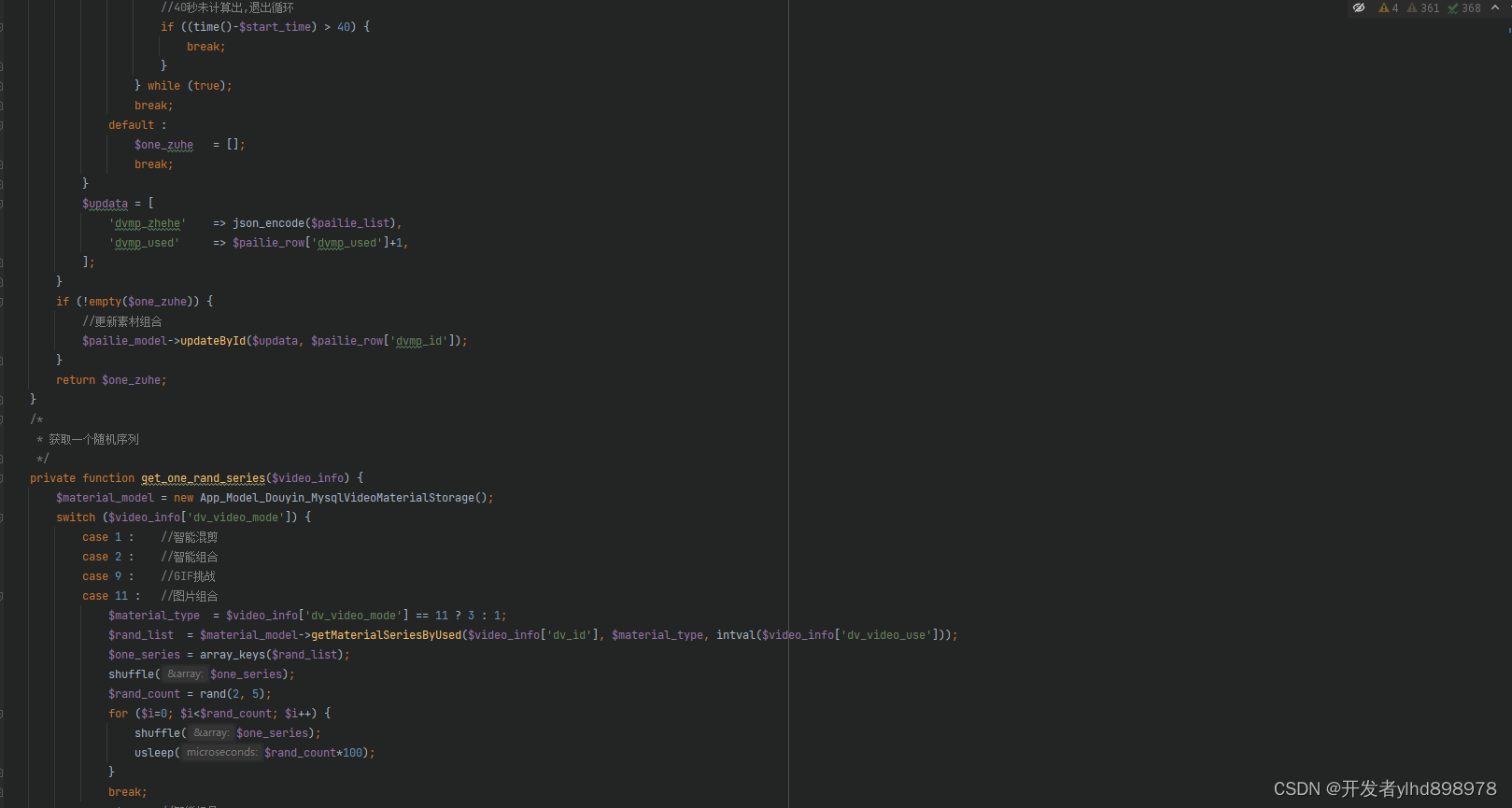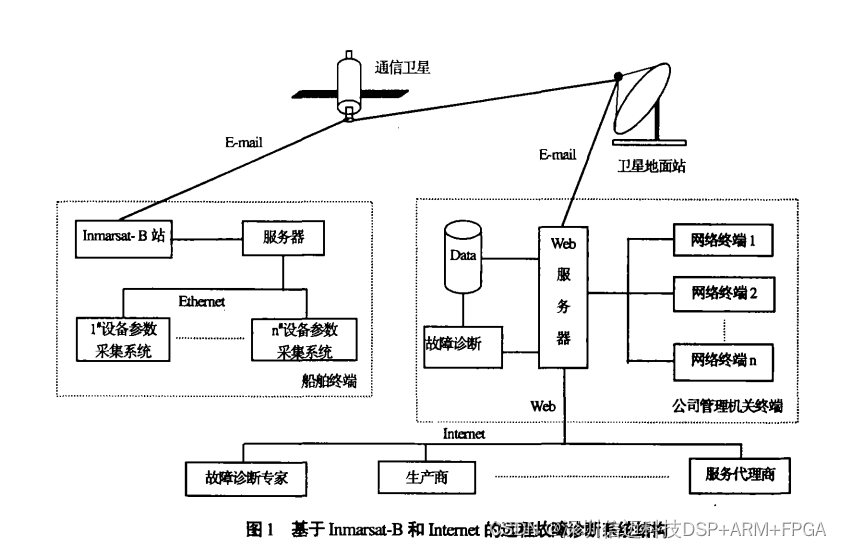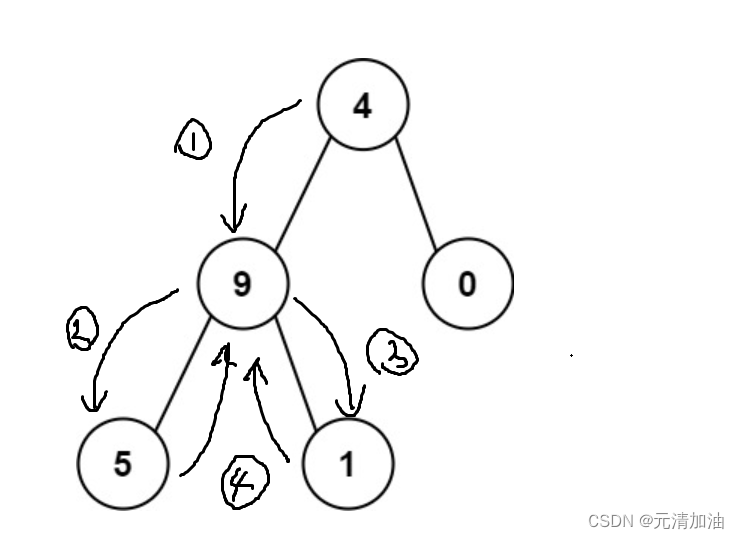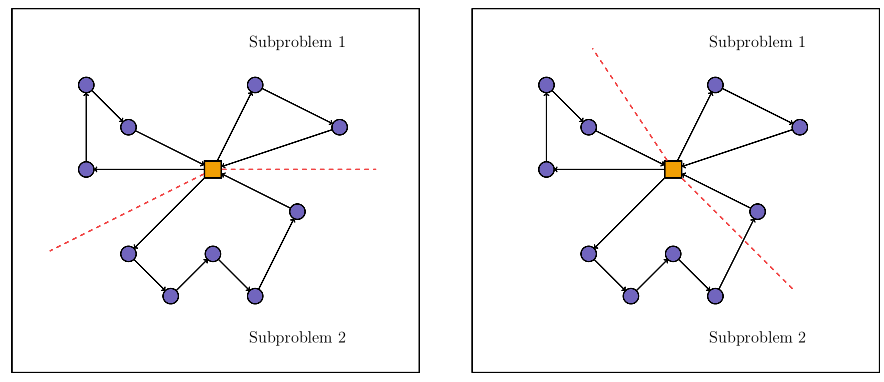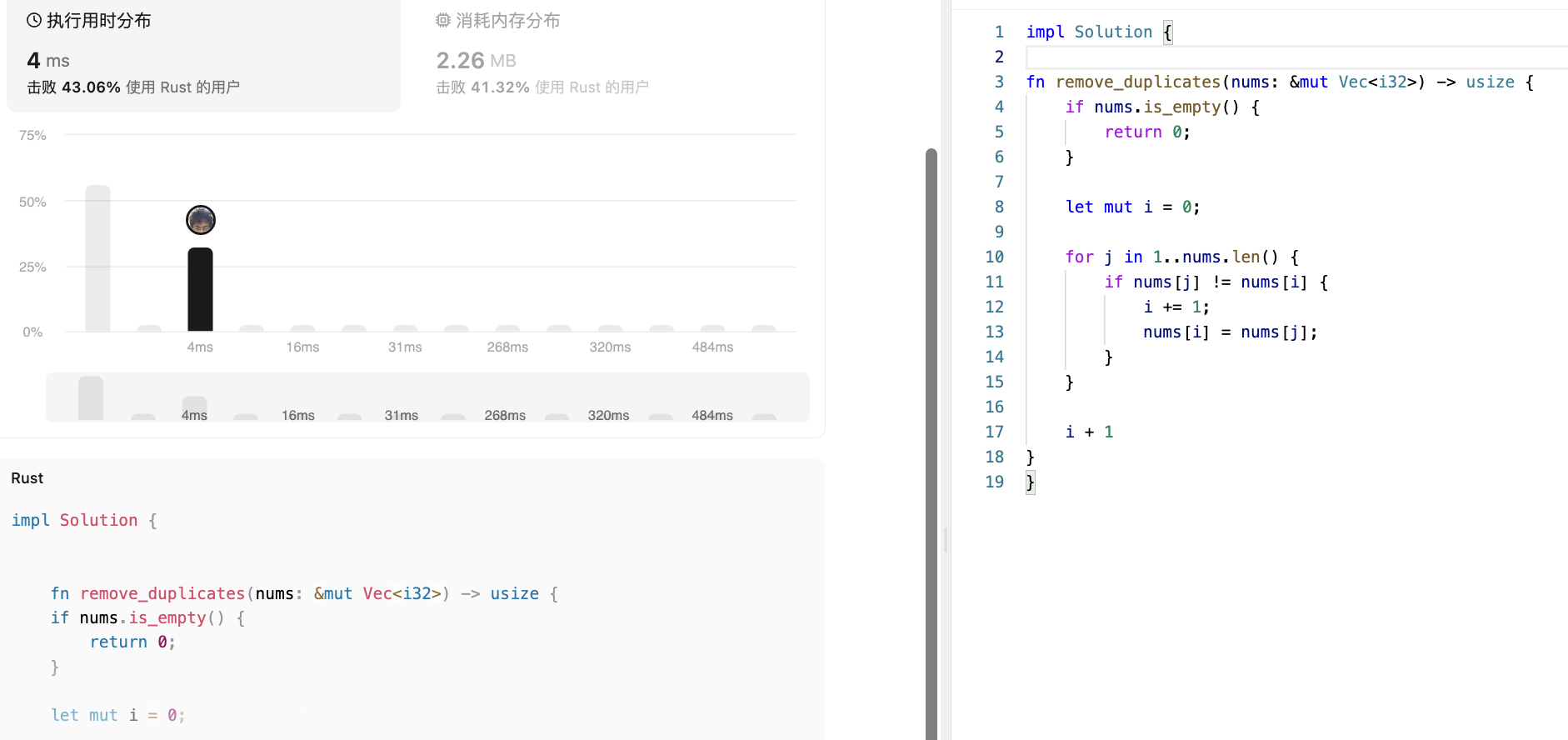HUMAnN 3.0 简介:
HUMAnN 3.0 是一个用于宏基因组数据分析的工具,能够从宏基因组测序数据中推断出微生物群落的代谢功能信息。它可以识别微生物群落中存在的代谢途径,并定量这些通路的丰度。HUMAnN 3.0 依赖于多个工具和数据库来实现这些功能,其中包括 MetaPhlAn 3、DIAMOND、UniRef90 等。

原网站:humann3 – The Huttenhower Lab (harvard.edu)
仓库地址:github.com
HUMAnN 3.0 安装步骤:
通过conda或mamba安装
1. 创建并激活一个新的环境(可选步骤)
首先,您可以创建一个新的环境来安装 HUMAnN 3。在这个环境中,您可以独立管理 HUMAnN 3 及其依赖项。
# 因通过conda安装humann会默认配置MetaPhlAn,所以这里环境名称就使用bioBakery了
conda create --name biobakery3 python=3.7
# 或
mamba create --name biobakery3 python=3.7接下来,激活新创建的环境:
conda activate biobakery3
# 或
mamba activate biobakery3设置conda chanel
conda config --add channels defaults
conda config --add channels bioconda
conda config --add channels conda-forge
conda config --add channels biobakery2. 安装 HUMAnN 3
现在,您可以使用 mamba 来安装 HUMAnN 3。请注意,HUMAnN 3 是作为 Python 包发布的,因此您可以直接通过 pip 或 mamba 安装。
conda install -c bioconda humann
#
mamba install -c bioconda humann这将从 bioconda 频道安装 HUMAnN 3 及其相关依赖项。
根据报错手动安装依赖环境:
#报缺少bowtie2
mamba install bowtie2 -c bioconda
# 报缺少diamond
mamba install diamond -c bioconda使用mamba或conda安装humann3我这里安装失败了,尝试了通过bioconda安装依赖,MetaPhlAn还是安装不上,所以最终使用pypi方法安装成功,目前为3.8版本
使用以下代码从 PyPI 安装 HUMAnN 3.0:
# 官方建议方法:
pip install humann --no-binary :all:
###自动下载humann包然后配置解压就行了,我这里安装成功通过pip这样安装后会出现找不到MetaPhlAn的错误,所以还得自己再配置安装,不然后面运行的时候会出错 :
CRITICAL ERROR: The metaphlan executable can not be found. Please check the install.
其实这个就是安装不完全的原因,在前面mamba或者conda设置chanels时没有生效,下面是正确的安装方式:
### 将所有需要的chanels全部加入,这样依赖才能解析完全。
mamba install humann -c biobakery -c bioconda -c conda-forge
##### 真是醉了,连自己的bioBakery没有独立配置完整依赖,这个坑真的好大!!!!3. 下载数据库
HUMAnN 3.0 使用了多个数据库,需要下载这些数据库文件:
先查看可用的数据库:
humann_databases --available
HUMAnN Databases ( database : build = location )
chocophlan : full = http://huttenhower.sph.harvard.edu/humann_data/chocophlan/full_chocophlan.v201901_v31.tar.gz
chocophlan : DEMO = http://huttenhower.sph.harvard.edu/humann_data/chocophlan/DEMO_chocophlan.v201901_v31.tar.gz
uniref : uniref50_diamond = http://huttenhower.sph.harvard.edu/humann_data/uniprot/uniref_annotated/uniref50_annotated_v201901b_full.tar.gz
uniref : uniref90_diamond = http://huttenhower.sph.harvard.edu/humann_data/uniprot/uniref_annotated/uniref90_annotated_v201901b_full.tar.gz
uniref : uniref50_ec_filtered_diamond = http://huttenhower.sph.harvard.edu/humann_data/uniprot/uniref_ec_filtered/uniref50_ec_filtered_201901b_subset.tar.gz
uniref : uniref90_ec_filtered_diamond = http://huttenhower.sph.harvard.edu/humann_data/uniprot/uniref_ec_filtered/uniref90_ec_filtered_201901b_subset.tar.gz
uniref : DEMO_diamond = http://huttenhower.sph.harvard.edu/humann_data/uniprot/uniref_annotated/uniref90_DEMO_diamond_v201901b.tar.gz
utility_mapping : full = http://huttenhower.sph.harvard.edu/humann_data/full_mapping_v201901b.tar.gz
### 为啥还是2019呢? 停止更新了????下载指定数据库:
humann_databases --download chocophlan full $DIR_TO_STORE_DB humann_databases --download uniref uniref90_diamond $DIR_TO_STORE_DB
# 其中 $DIR_TO_STORE_DB 是你希望存储数据库文件的路径。
humann_databases --download chocophlan full /path/to/databases --update-config yes
humann_databases --download uniref uniref90_diamond /path/to/databases --update-config yes
humann_databases --download utility_mapping full /path/to/databases --update-config yes
手动下载数据库,可用链接直接使用前上面的humann_databases中分别对应的链接,并解压到指定文件夹:
wget -c http://huttenhower.sph.harvard.edu/humann_data/chocophlan/full_chocophlan.v201901_v31.tar.gz
wget -c http://huttenhower.sph.harvard.edu/humann_data/uniprot/uniref_annotated/uniref90_annotated_v201901b_full.tar.gz
wget -c http://huttenhower.sph.harvard.edu/humann_data/full_mapping_v201901b.tar.gz
mkdir chocophlan_v296_201901
mkdir uniref90_v201901
mkdir mapping_v201901
tar -zxvf full_chocophlan.v296_201901.tar.gz -C ./chocophlan_v296_201901/
tar -zxvf uniref90_annotated_v201901.tar.gz -C uniref90_v201901
tar -zxvf full_mapping_v201901.tar.gz -C ./mapping_v201901/数据库设置,先查看已有设置情况:
# 查看已有数据库
humann_databases --list
### 命令不对。。。。。。。。。。
### 还是直接查看数据目录吧。
# 默认数据库目录,当然前面如果自己有设定的话看已设定目录
/miniconda3/envs/biobakery3/lib/python3.7/site-packages/humann
### 应该是 humann_config
humann_config
HUMAnN Configuration ( Section : Name = Value )
database_folders : nucleotide = /path/to/databases/chocophlan_v296_201901
database_folders : protein = /path/to/databases/uniref90_v201901/
database_folders : utility_mapping = /path/to/databases/mapping_v201901/
run_modes : resume = False
run_modes : verbose = False
run_modes : bypass_prescreen = False
run_modes : bypass_nucleotide_index = False
run_modes : bypass_nucleotide_search = False
run_modes : bypass_translated_search = False
run_modes : threads = 1
alignment_settings : evalue_threshold = 1.0
alignment_settings : prescreen_threshold = 0.01
alignment_settings : translated_subject_coverage_threshold = 50.0
alignment_settings : translated_query_coverage_threshold = 90.0
alignment_settings : nucleotide_subject_coverage_threshold = 50.0
alignment_settings : nucleotide_query_coverage_threshold = 90.0
output_format : output_max_decimals = 10
output_format : remove_stratified_output = False
output_format : remove_column_description_output = False
############################################################
humann_config --help
usage: humann_config [-h] [--print] [--update <section> <name> <value>]
HUMAnN Configuration
optional arguments:
-h, --help show this help message and exit
--print print the configuration
--update <section> <name> <value>
update the section : name to the value provided
已准备好的数据库切换设置
## 更新格式:humann_config --update <section> <name> <value>
humann_config --update database_folders nucleotide /path/to/databases/chocophlan_v296_201901
humann_config --update database_folders protein /path/to/databases/uniref90_v201901/
humann_config --update database_folders utility_mapping /path/to/databases/mapping_v201901/
## 更新后查看设置
humann_config
# 还可以自己设置其他默认设置
# 比如说我的服务器都是30个线程以上,所以我将默认的运行线程数为30,这个根据自己服务器设置就行
humann_config --update run_modes threads 30
#######################
# HUMAnN configuration file updated: run_modes : threads = 30运行 HUMAnN 3.0
全参数帮助内容查看:
usage: humann_config [-h] [--print] [--update <section> <name> <value>]
HUMAnN Configuration
optional arguments:
-h, --help show this help message and exit
--print print the configuration
--update <section> <name> <value>
update the section : name to the value provided
(biobakery3) [root@mgmt ~]# humann --help
usage: humann [-h] -i <input.fastq> -o <output> [--threads <1>] [--version]
[-r] [--bypass-nucleotide-index] [--bypass-nucleotide-search]
[--bypass-prescreen] [--bypass-translated-search]
[--taxonomic-profile <taxonomic_profile.tsv>]
[--memory-use {minimum,maximum}]
[--input-format {fastq,fastq.gz,fasta,fasta.gz,sam,bam,blastm8,genetable,biom}]
[--search-mode {uniref50,uniref90}] [-v]
[--metaphlan <metaphlan>]
[--metaphlan-options <metaphlan_options>]
[--prescreen-threshold <0.01>] [--bowtie2 <bowtie2>]
[--bowtie-options <bowtie_options>]
[--nucleotide-database <nucleotide_database>]
[--nucleotide-identity-threshold <0.0>]
[--nucleotide-query-coverage-threshold <90.0>]
[--nucleotide-subject-coverage-threshold <50.0>]
[--diamond <diamond>] [--diamond-options <diamond_options>]
[--evalue <1.0>] [--protein-database <protein_database>]
[--rapsearch <rapsearch>]
[--translated-alignment {usearch,rapsearch,diamond}]
[--translated-identity-threshold <Automatically: 50.0 or 80.0, Custom: 0.0-100.0>]
[--translated-query-coverage-threshold <90.0>]
[--translated-subject-coverage-threshold <50.0>]
[--usearch <usearch>] [--gap-fill {on,off}] [--minpath {on,off}]
[--pathways {metacyc,unipathway}]
[--pathways-database <pathways_database.tsv>] [--xipe {on,off}]
[--annotation-gene-index <3>] [--id-mapping <id_mapping.tsv>]
[--remove-temp-output]
[--log-level {DEBUG,INFO,WARNING,ERROR,CRITICAL}]
[--o-log <sample.log>] [--output-basename <sample_name>]
[--output-format {tsv,biom}] [--output-max-decimals <10>]
[--remove-column-description-output]
[--remove-stratified-output]
HUMAnN : HMP Unified Metabolic Analysis Network 3
optional arguments:
-h, --help show this help message and exit
[0] Common settings:
-i <input.fastq>, --input <input.fastq>
input file of type {fastq,fastq.gz,fasta,fasta.gz,sam,bam,blastm8,genetable,biom}
[REQUIRED]
-o <output>, --output <output>
directory to write output files
[REQUIRED]
--threads <1> number of threads/processes
[DEFAULT: 1]
--version show program's version number and exit
[1] Workflow refinement:
-r, --resume bypass commands if the output files exist
--bypass-nucleotide-index
bypass the nucleotide index step and run on the indexed ChocoPhlAn database
--bypass-nucleotide-search
bypass the nucleotide search steps
--bypass-prescreen bypass the prescreen step and run on the full ChocoPhlAn database
--bypass-translated-search
bypass the translated search step
--taxonomic-profile <taxonomic_profile.tsv>
a taxonomic profile (the output file created by metaphlan)
[DEFAULT: file will be created]
--memory-use {minimum,maximum}
the amount of memory to use
[DEFAULT: minimum]
--input-format {fastq,fastq.gz,fasta,fasta.gz,sam,bam,blastm8,genetable,biom}
the format of the input file
[DEFAULT: format identified by software]
--search-mode {uniref50,uniref90}
search for uniref50 or uniref90 gene families
[DEFAULT: based on translated database selected]
-v, --verbose additional output is printed
[2] Configure tier 1: prescreen:
--metaphlan <metaphlan>
directory containing the MetaPhlAn software
[DEFAULT: $PATH]
--metaphlan-options <metaphlan_options>
options to be provided to the MetaPhlAn software
[DEFAULT: "-t rel_ab"]
--prescreen-threshold <0.01>
minimum percentage of reads matching a species
[DEFAULT: 0.01]
[3] Configure tier 2: nucleotide search:
--bowtie2 <bowtie2> directory containing the bowtie2 executable
[DEFAULT: $PATH]
--bowtie-options <bowtie_options>
options to be provided to the bowtie software
[DEFAULT: "--very-sensitive"]
--nucleotide-database <nucleotide_database>
directory containing the nucleotide database
[DEFAULT: /path/to/databases/chocophlan_v296_201901]
--nucleotide-identity-threshold <0.0>
identity threshold for nuclotide alignments
[DEFAULT: 0.0]
--nucleotide-query-coverage-threshold <90.0>
query coverage threshold for nucleotide alignments
[DEFAULT: 90.0]
--nucleotide-subject-coverage-threshold <50.0>
subject coverage threshold for nucleotide alignments
[DEFAULT: 50.0]
[3] Configure tier 2: translated search:
--diamond <diamond> directory containing the diamond executable
[DEFAULT: $PATH]
--diamond-options <diamond_options>
options to be provided to the diamond software
[DEFAULT: "--top 1 --outfmt 6"]
--evalue <1.0> the evalue threshold to use with the translated search
[DEFAULT: 1.0]
--protein-database <protein_database>
directory containing the protein database
[DEFAULT: /path/to/databases/uniref90_v201901/]
--rapsearch <rapsearch>
directory containing the rapsearch executable
[DEFAULT: $PATH]
--translated-alignment {usearch,rapsearch,diamond}
software to use for translated alignment
[DEFAULT: diamond]
--translated-identity-threshold <Automatically: 50.0 or 80.0, Custom: 0.0-100.0>
identity threshold for translated alignments
[DEFAULT: Tuned automatically (based on uniref mode) unless a custom value is specified]
--translated-query-coverage-threshold <90.0>
query coverage threshold for translated alignments
[DEFAULT: 90.0]
--translated-subject-coverage-threshold <50.0>
subject coverage threshold for translated alignments
[DEFAULT: 50.0]
--usearch <usearch> directory containing the usearch executable
[DEFAULT: $PATH]
[5] Gene and pathway quantification:
--gap-fill {on,off} turn on/off the gap fill computation
[DEFAULT: on]
--minpath {on,off} turn on/off the minpath computation
[DEFAULT: on]
--pathways {metacyc,unipathway}
the database to use for pathway computations
[DEFAULT: metacyc]
--pathways-database <pathways_database.tsv>
mapping file (or files, at most two in a comma-delimited list) to use for pathway computations
[DEFAULT: metacyc database ]
--xipe {on,off} turn on/off the xipe computation
[DEFAULT: off]
--annotation-gene-index <3>
the index of the gene in the sequence annotation
[DEFAULT: 3]
--id-mapping <id_mapping.tsv>
id mapping file for alignments
[DEFAULT: alignment reference used]
[6] More output configuration:
--remove-temp-output remove temp output files
[DEFAULT: temp files are not removed]
--log-level {DEBUG,INFO,WARNING,ERROR,CRITICAL}
level of messages to display in log
[DEFAULT: DEBUG]
--o-log <sample.log> log file
[DEFAULT: temp/sample.log]
--output-basename <sample_name>
the basename for the output files
[DEFAULT: input file basename]
--output-format {tsv,biom}
the format of the output files
[DEFAULT: tsv]
--output-max-decimals <10>
the number of decimals to output
[DEFAULT: 10]
--remove-column-description-output
remove the description in the output column
[DEFAULT: output column includes description]
--remove-stratified-output
remove stratification from output
[DEFAULT: output is stratified]
humann主要功能模块
humann_barplot
humann_strain_profiler
humann_benchmark
humann_genefamilies_genus_level
humann_reduce_table
humann_rna_dna_norm
humann_build_custom_database
humann_humann1_kegg
humann_regroup_table
humann_split_stratified_table
humann_unpack_pathways
humann_associate
humann_infer_taxonomy
humann_split_table使用以下命令来运行 HUMAnN 3.0:
单个样品分别运行
# humann3已经不需要带3了,与2不同
humann --input input.fastq.gz --output output_dir --threads NUM_THREADS
# 正反序列直接按顺序多加一个input或-i参数,或者在-i参数后面两个文件逗号隔开
# 注意文件名和文件路径相同部分不能因为相同部分就使用简写
# 另外最好是指定输入文件类型--imput-format
humann -i <input_forward.fastq> -i <input_reverse.fastq> --output <output_directory> --imput-format fastq
#在此命令中,input.fastq.gz 是宏基因组数据文件,output_dir 是输出结果的目录,NUM_THREADS 是你希望使用的线程数。查看结果
分析完成后,你可以在 output_dir 中找到生成的结果文件,包括代谢通路丰度、物种组成等信息。


